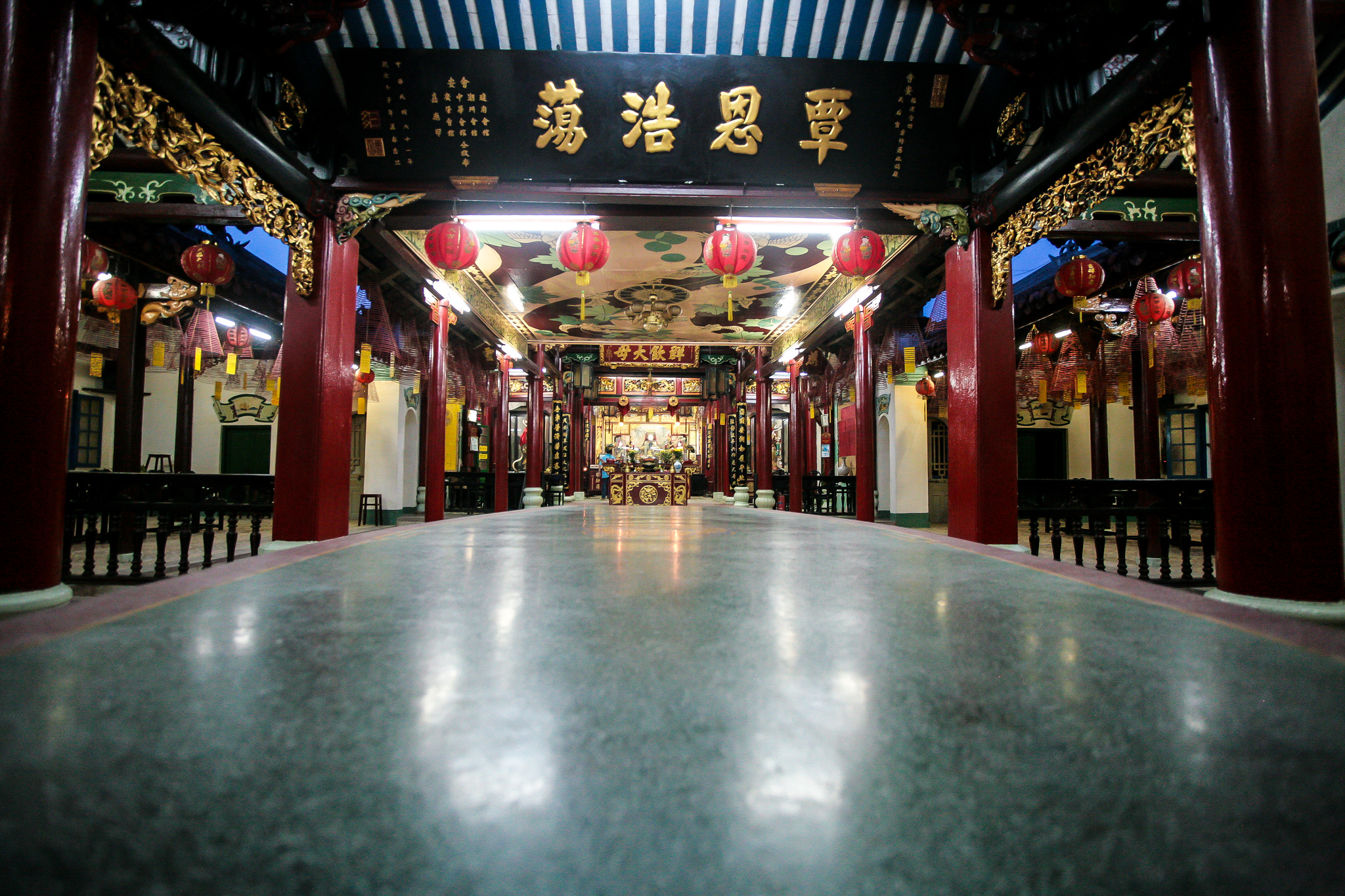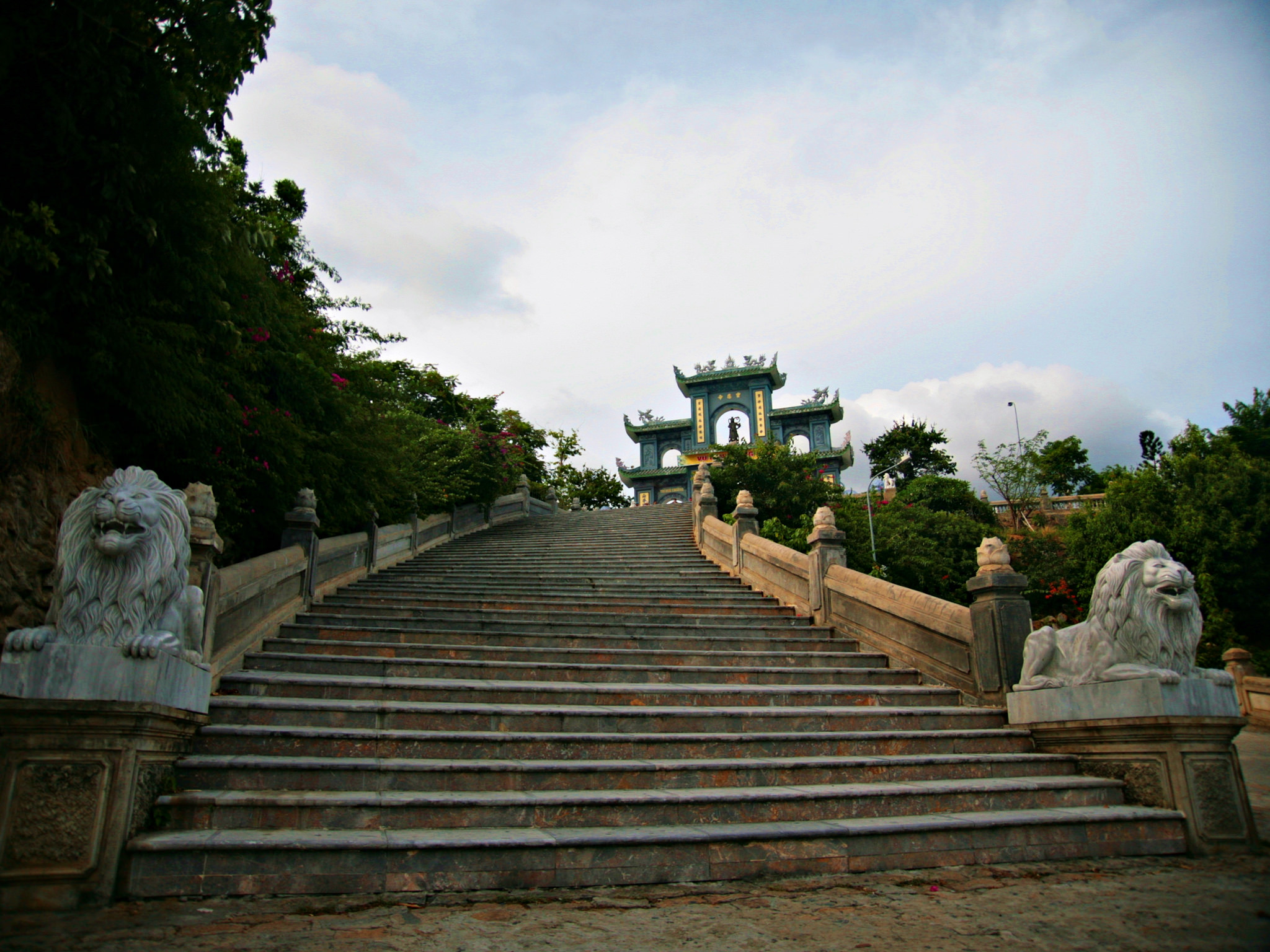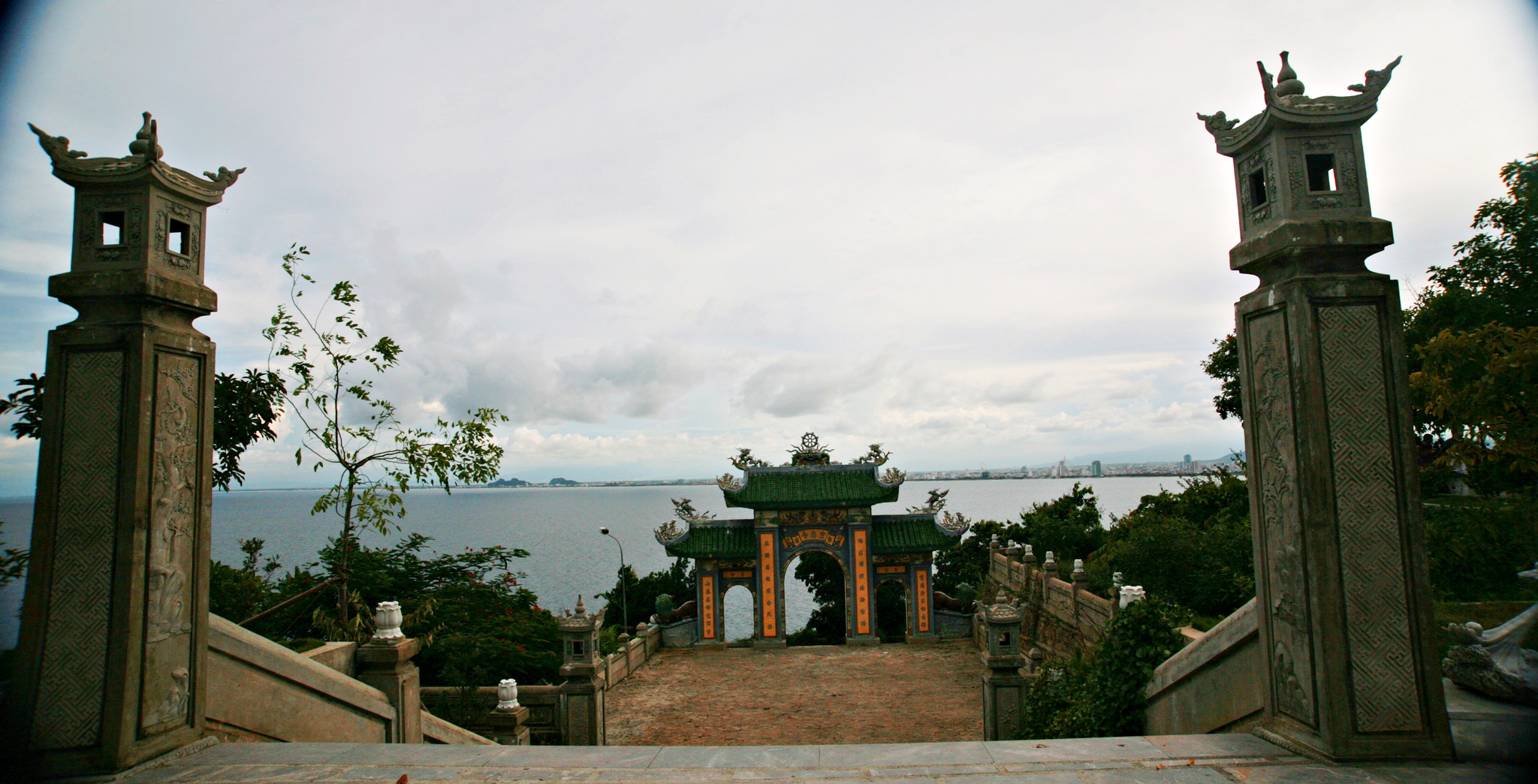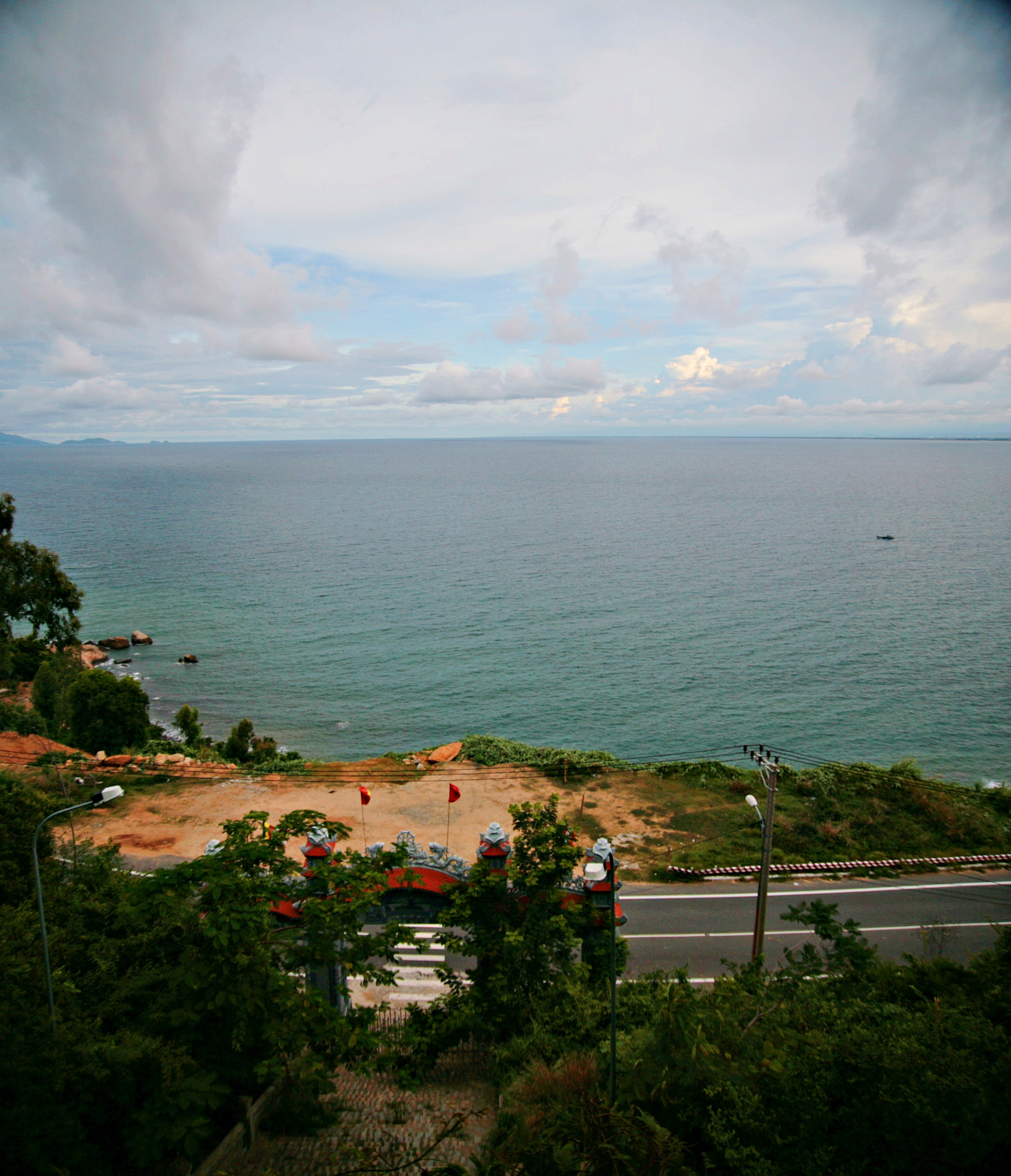River tours are becoming ever more popular with tourists in Southeast Asia, with both high-end luxury cruises and many more general options including day trips. The major river in Myanmar is the Ayeyarwady (also/formerly spelled Irrawaddy).

We recently posed some introductory questions to Sven Zika, Sales and Marketing Manager at Pandaw / The Irrawaddy Flotilla Company, the first company to offer international tourists river expeditions in Myanmar, from 1995, with a company history going back over 100 years before that (see the history of the company here).
1. Has there been a growth of interest from travellers recently?
Sven: Yes, there has been a huge surge of interest in river cruising, especially as Myanmar has become more widely appreciated as a holiday destination. From two ships in 2013, our fleet has grown to 7 ships in 2014 with one more on the way in 2015.
2. What ages and nationalities of passengers most often come on your cruises?
Sven: At the moment the majority of passengers are 50+ and come mostly from the UK, USA, and Australia, as well as all over Western Europe

3. Why are river tours a good way of seeing Myanmar?
Sven: Firstly, because many of Myanmar’s historical centres have developed along the rivers, you have access to all of the major tourism highlights of the country from river cruise stop-offs.
Of course, the comfort and style of travelling by river is unequalled: you don’t have to pack and unpack constantly, or deal with multiple hotel bookings and transport… yet you can see a big list of places across the whole country and explore some remote spots. Getting to the more distant and indeed authentic parts of Burma by car or bus means long journeys over bad roads, and internal flights are still erratic. So there is really no alternative to compete with the river routes.
From the river you can explore beautiful landscapes including on the Chindwin and Upper Irrawaddy
4. When you tour historic locations in Myanmar, what opportunities are there for passengers to find out about the history in more detail?
Sven: we have expert local guides travelling with passengers on every ship. The ships also have a well-stocked library, enabling you to read up before or after your trips off to famous places like Bagan and Mandalay.
5. What are your selected highlights in Bagan and nearby?
Sven: All of our tours pass Bagan. Here is what we regard as the must-see list:
- Shwezigon Pagoda
- Ananda Temple
- Phayathonzu Temple (Masterpiece paintings)
- Nanphaya Temple (Brahma sculptures)
- Dhamma-yan-gyi (Finest brickwork)
- Pyathatkyi Temple (Panoramic view of Bagan)
- Gubyaukgyi (murals)
- Manuha Temple (Captive King’s Temple)
- Napaya Temple (Brahma sculptures)
- Pyathatkyi Temple (sunset!)

6. Are these UNSECO-listed Pyu Ancient Cities sites accessible for visitors?
Sven: Yes, we visit Pyu during two cruise itineraries: The Irrawaddy 14-nights and The Golden Land 10-nights.
Find out more
Read full details of 14 different Pandaw itineraries in Myanmar here.
Contact: Sven Zika, Sales & Marketing Manager, Pandaw River Expeditions
http://www.pandaw.com/
[email protected]
UK office phone: +44 20 3773 8796



























